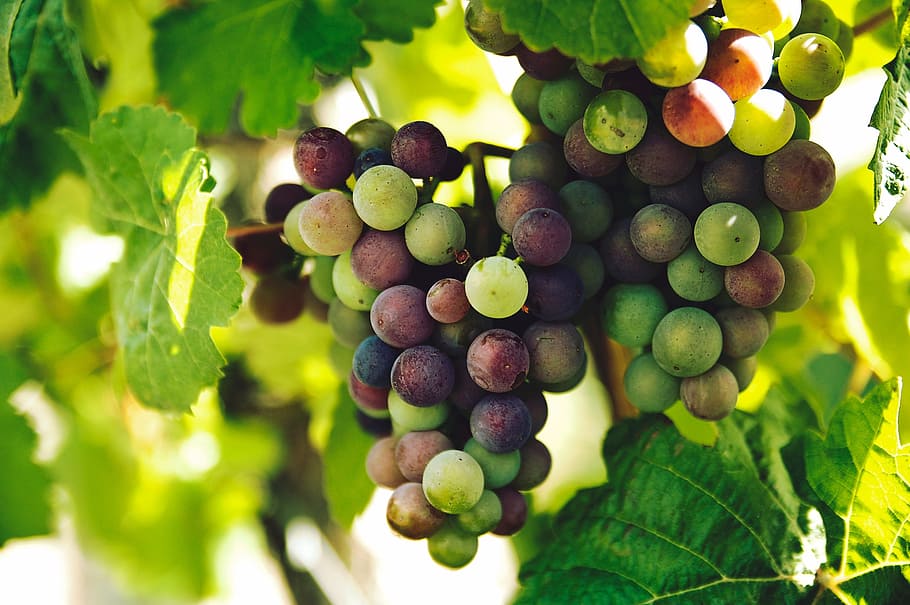| La Crescent |
| A recent introduction (2002) from the University of Minnesota, formerly known as MN1166. Noted for its excellent winter hardiness and suitability to northern climates, it is usually harvested at mid-season. The white wine has a distinct apricot, citrus and pineapple aromas, and is also suitable for blending. Yields are moderate. |
| Lakemont |
| A sister to Interlaken and Himrod - all three are daughters of the classic Thompson Seedless grape, but more suited to home growers. Lakemont ripens a couple of weeks after Himrod, and has larger, crunchy, non-slipskin fruit and a delicious, rich, sweet flavor. This is the last white table grape to ripen in most regions. Grows in USDA Zone 5-9. Ripens Sept/Oct. in the PNW. |
| Lenoir |
| Also known as Spanish Black, El Paso and Black Spanish. A man named Lenoir who cultivated it near Stateburg, South Carolina, in the vicinity of the Santee River sometime in the 18th century. |
| Leon Millot |
| (Kuhlmann 194-2) An early ripening black grape produced from the same cross as Maréchal Foch. The wines are similar, with distinct berry aromas. Vines tend to be similar as well, although Léon Millot tends to be more vigorous and productive. |
| Limberger |
| Grown under several different names in the northern production areas of Europe (e.g. Lemberger, Blaufränkisch). There has not been wide commercial testing of the variety in New York, but results to date have been favorable. Cold hardiness appears acceptable and Botrytis resistance is good. The clusters are large and yield potential is high, which may dictate the need for crop control in some years. Wines have been highly rated; they have deep red color and rich tannins. |
